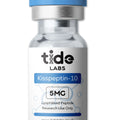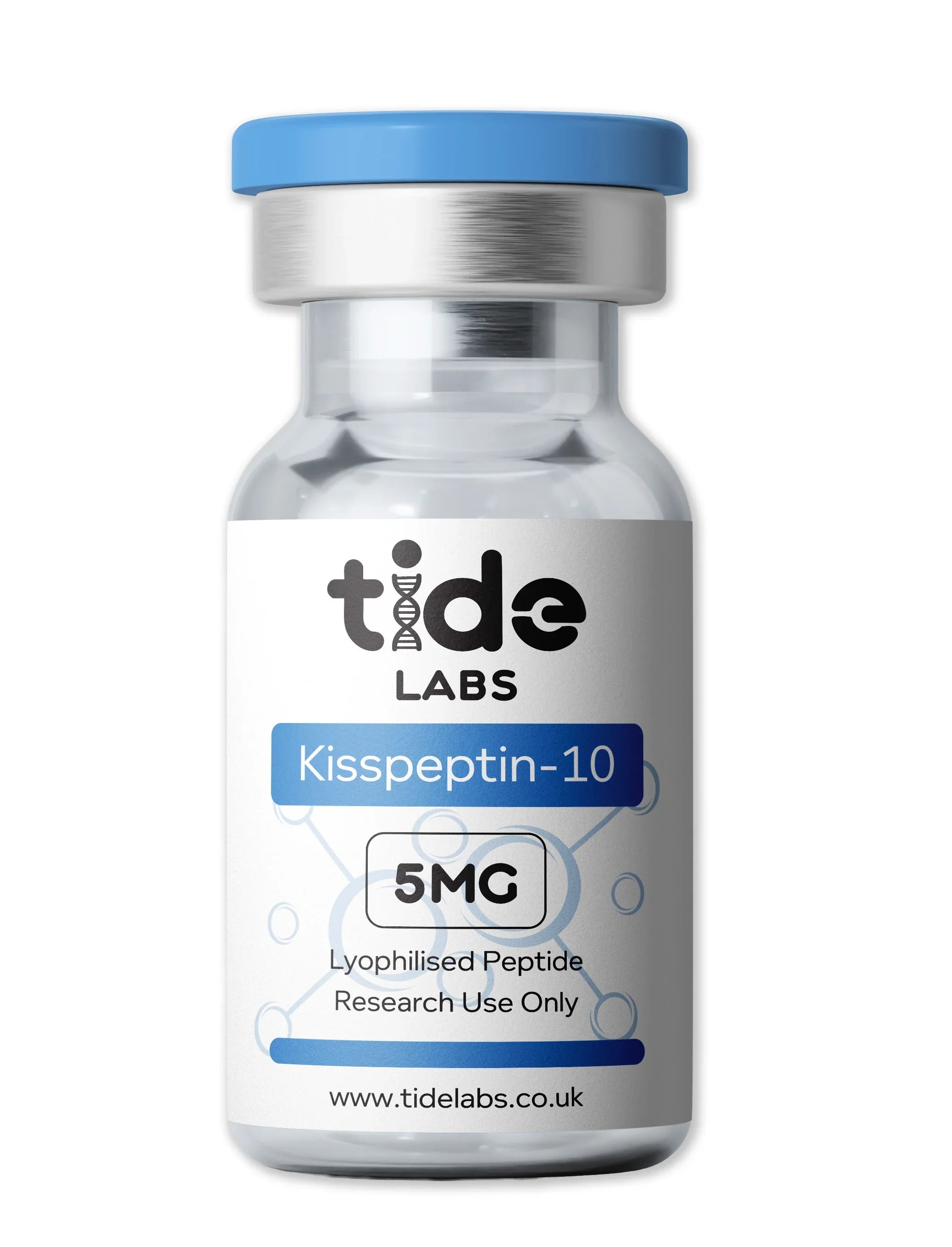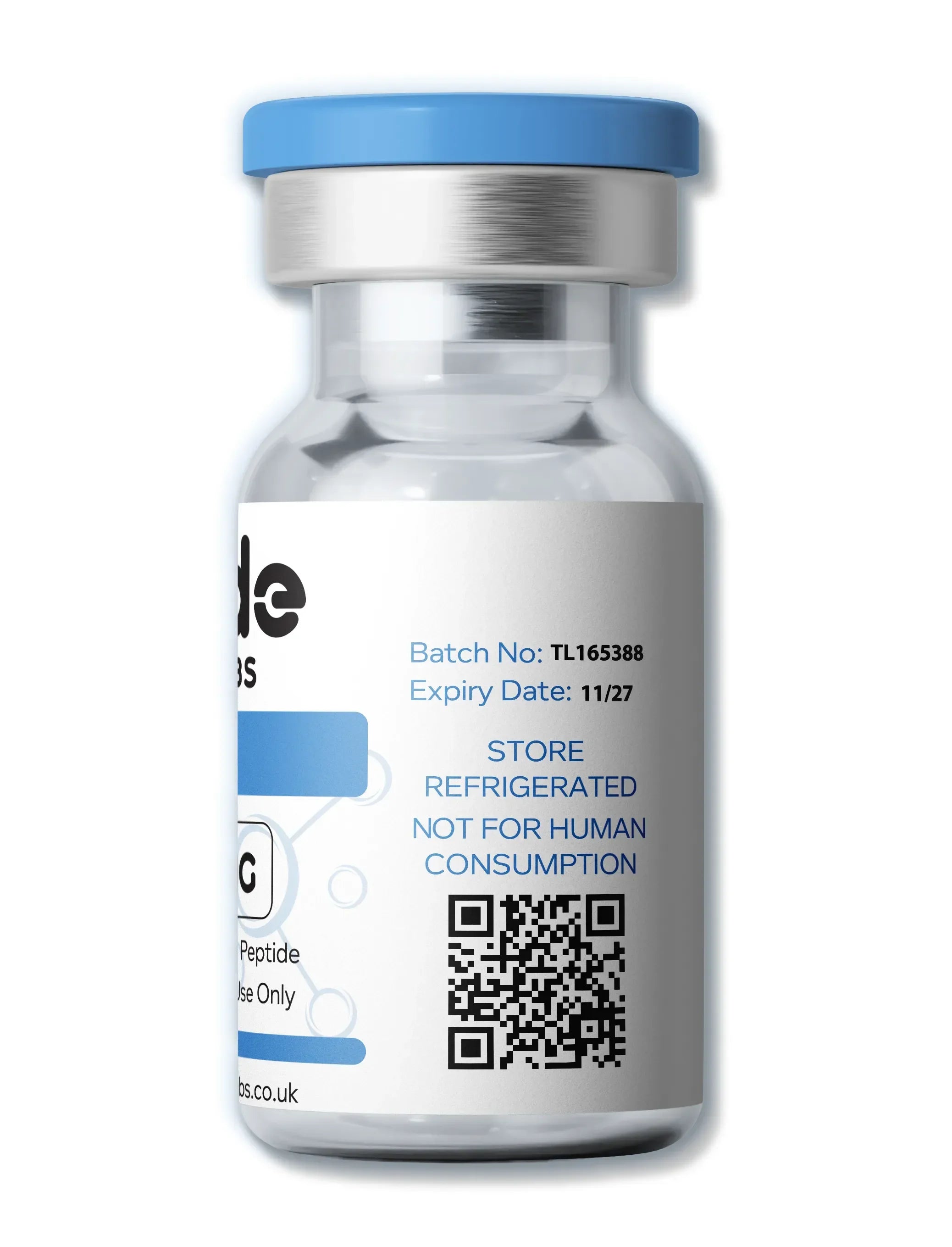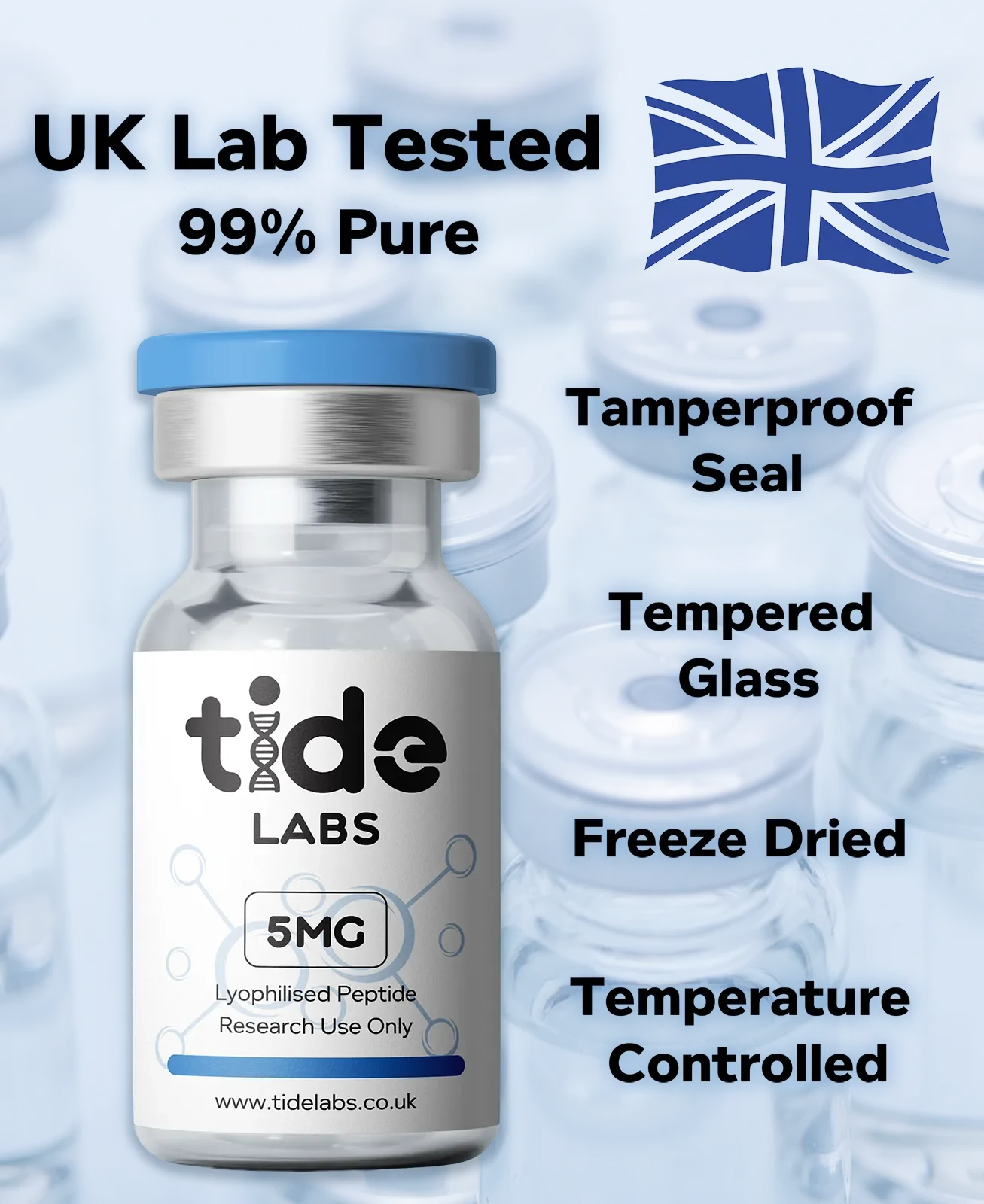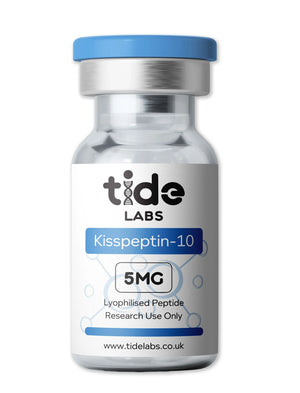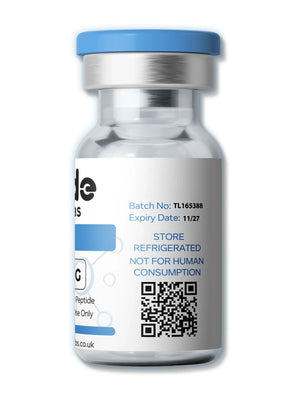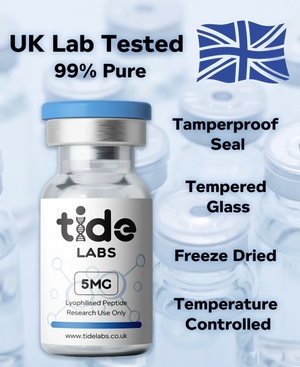Kisspeptin-10
Kisspeptin-10 is a synthetic peptide fragment derived from the larger Kisspeptin protein, first identified for its role in reproductive biology. In research settings, Kisspeptin-10 has been studied for its ability to regulate the release of gonadotropin-releasing hormone (GnRH), making it a valuable tool in the exploration of hormonal control, fertility, and reproductive endocrinology. While not approved for human or veterinary use, it remains an exciting subject of laboratory research worldwide.
Area of Interest
Scientific research into Kisspeptin-10 has focused on several key areas:
- Reproductive Biology: Extensively studied for its role in activating GnRH neurons, thereby influencing luteinizing hormone (LH) and follicle-stimulating hormone (FSH) release.
- Fertility Research: Investigated in preclinical models for its potential role in puberty onset, ovulation, and fertility regulation.
- Endocrine Exploration: Explored for its impact on the hypothalamic-pituitary-gonadal axis and broader hormonal signaling pathways.
- Oncology Studies: Some research has examined kisspeptin pathways in tumor suppression and metastasis regulation, though findings are preliminary.
Together, these areas of research position Kisspeptin-10 as an important peptide in reproductive endocrinology and hormonal regulation studies.
Technical Information
- Chemical Name: Kisspeptin-10 peptide
- Synonyms: Metastin (45–54), KP-10
- Molecular Formula: C₅₀H₆₈N₁₄O₁₀
- Molecular Weight: ~1302.5 g/mol
- Sequence (Amino Acid): Tyr-Asn-Trp-Asn-Ser-Phe-Gly-Leu-Arg-Phe-NH₂
- Peptide Classification: Synthetic decapeptide derived from kisspeptin
Storage Guidelines
- Lyophilized peptide is stable at room temperature for short periods.
- For long-term storage, keep at −20 °C or below.
- Once reconstituted, store at 2–8 °C. Effective use depends on the solution used.
Solubility
Kisspeptin-10 is soluble in sterile water and other aqueous buffers depending on formulation and purity.
References
- Oakley, A. E., Clifton, D. K., & Steiner, R. A. (2009). "Kisspeptin signaling in the brain." Endocrine Reviews, 30(6), 713–743. https://doi.org/10.1210/er.2009-0005
- Jayasena, C. N., & Dhillo, W. S. (2013). "Kisspeptins and reproduction: physiological roles and regulatory mechanisms." Frontiers in Endocrinology, 4, 220. https://doi.org/10.3389/fendo.2013.00220
Certificate of Analysis (COA): Available here
